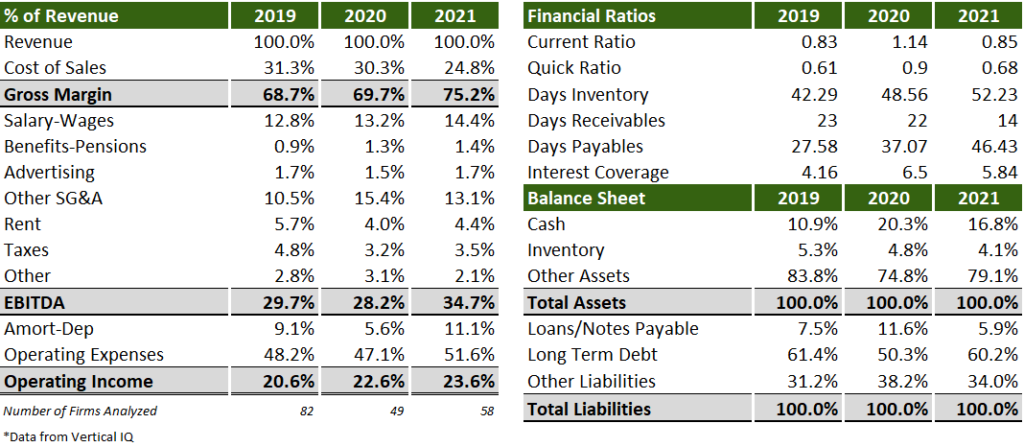What’s in this edition:
- News/Publications to follow
- Financial considerations for your Marina business plan
- Industry metrics for guidelines
Public Information to Follow
- Marina Dock Age
- Discover Boating
- National Marine Manufacturers Association
- Marine Retailers Association of America
- NFIB
Financial Considerations for your Business Plan
Profit Drivers
Achieving High Occupancy: Marinas make most of their money by renting out slips and dry storage space to boaters. They need to keep their occupancy rate high to stay profitable. This can be done by offering competitive rates, providing excellent customer service, and having a convenient location.
Growing Maintenance And Repair: Marinas can also generate revenue by providing maintenance and repair services to boaters. This can be a good way to attract rental customers who value the convenience of getting their boat serviced without having to move it. To provide quality repairs, marinas need to hire and retain qualified marine mechanics.
Generating Merchandise Sales: Marinas can also sell merchandise, meals, and beverages to boaters. This is a good way to generate additional revenue and attract non-boaters who enjoy the ambiance of being on the water. Merchandise sales can include marine supplies and recreational equipment, while food and beverage service can range from a limited grocery selection to a full-service restaurant.
Cash Management Challenges
Cash shortfalls due to seasonal demand. Marinas that rely on transient boaters for revenue can have a tough time during the winter or when the weather is bad. That’s because people are less likely to go boating when it’s cold or rainy. Marinas that have long-term renters are less affected by the weather because they have a steady stream of income.
Funding high maintenance and insurance costs. Marinas have to spend a lot of money to keep their facilities safe and protect boats. Docks and pilings are constantly exposed to the elements, so they need to be maintained and replaced regularly. Marinas in hurricane-prone areas may need additional insurance to cover damage from major storms.
Funding improvements to stay competitive. Marinas need to be able to process payments quickly and efficiently, especially on busy weekends. This means being able to accept cash, checks, and credit/debit cards. Avoiding delays in processing payments can help marinas sell more fuel, supplies, and groceries, and it can also make customers happy. Marinas also need to be able to process recurring payments for long-term rentals accurately and efficiently.
Potential equipment purchases could include:
- Boat Forklift: $150k – $200k A specialized forklift designed for lifting and moving boats. It is typically used in marinas and boat storage facilities to move boats in and out of storage racks, as well as to place boats into the water and remove them when boating activity is finished.
- Sling Lift: $150k – $300k Slings are strong, flexible straps that are wrapped around the boat and then connected to the lift. The lift then uses hydraulics to raise the boat out of the water.
- Hydraulic Boat Trailer: $100k – $150k Highway trailer for hauling boats.
Recent Industry Metrics (Companies <$5M revenue)

Highlights from this vertical analysis and financial ratios:
- Days payables has almost doubled since pre-pandemic.
- Cost of sales declined dramatically from 2019 likely from the decreased usage or headcount related to unit sales.
- Marina’s tend to be highly leveraged due to the real estate required and high cost of machinery to operate.
If you liked this, subscribe to my newsletter below!
For more information on building financial models see here.
Please contact me here if you found this useful or want more information.

